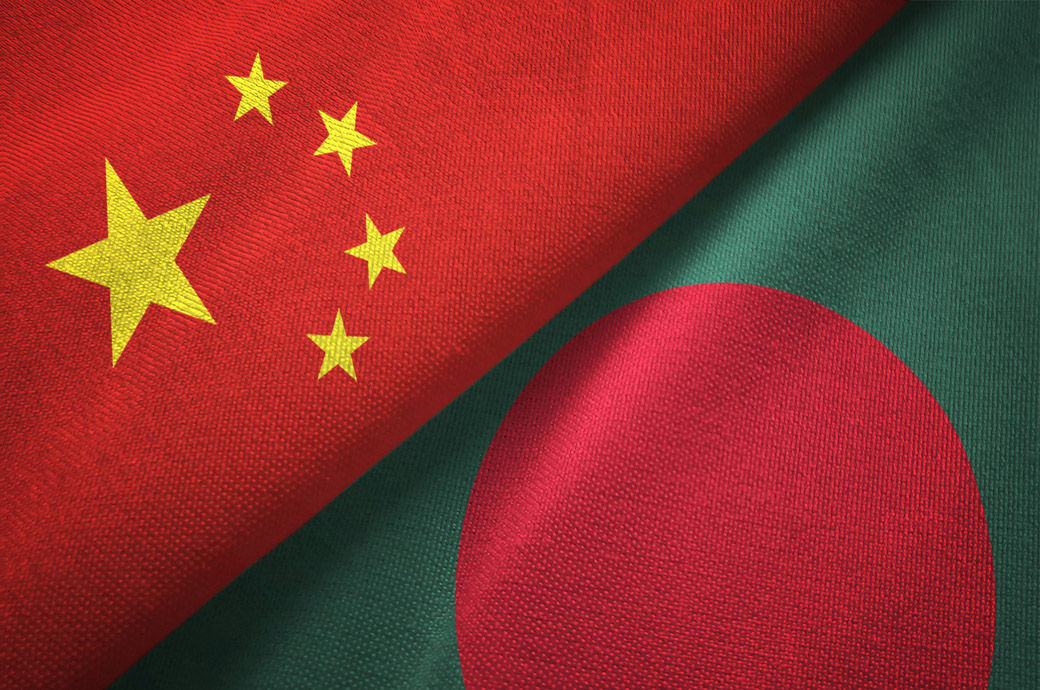
This is as per reports, which added this decision comes in anticipation of Bangladesh’s transition from a least developed country to a developing one in the same year, which would entail a reduction in duty benefits.
Ghosh underlined the necessity of balancing post-graduation challenges, highlighting the urgency to conclude FTA talks with China before 2026.
Should negotiations extend beyond the deadline, Bangladesh plans to seek interim duty-free market access from China.
The groundwork for this agreement was laid during Chinese President Xi Jinping’s visit to Bangladesh in 2016, with the signing of a memorandum of understanding (MoU) to conduct a joint feasibility study. Subsequent meetings of the joint working group, including one in Beijing in 2018, have progressed the feasibility study reports.
The commerce secretary disclosed plans for an upcoming meeting in Dhaka to finalise these reports.
China’s ambassador to Bangladesh, Yao Wen, affirmed China’s commitment to assisting Bangladesh in mitigating challenges post-graduation. Wen highlighted the potential of the FTA to boost Bangladesh’s exports to China, citing successful agreements with other countries such as Mauritius and Cambodia.
He underscored the FTA’s role in expanding investment opportunities while also acknowledging China’s interest in supporting Bangladesh’s development initiatives, including its ambitions for a “Smart Bangladesh” and enhanced competitiveness.
The Chinese ambassador addressed the trade imbalance between the two nations, emphasising Bangladesh’s reliance on importing textiles and machinery from China for its apparel exports to global markets.
He expressed Chinese businesses’ keen interest in investing in Bangladesh’s key sectors, aligning with Bangladesh’s vision for economic advancement.
Fibre2Fashion News Desk (DR)